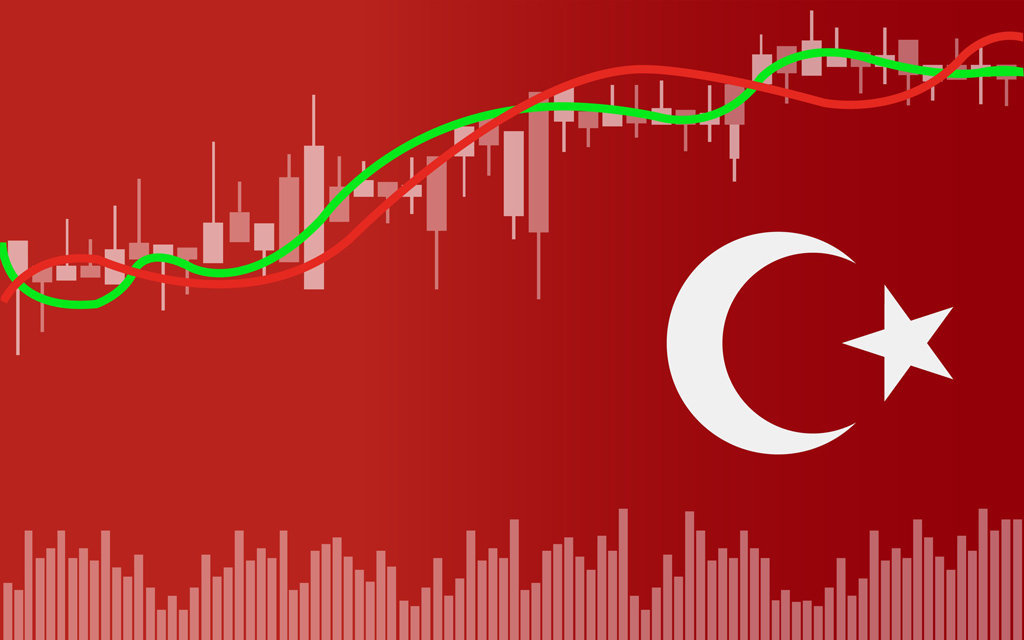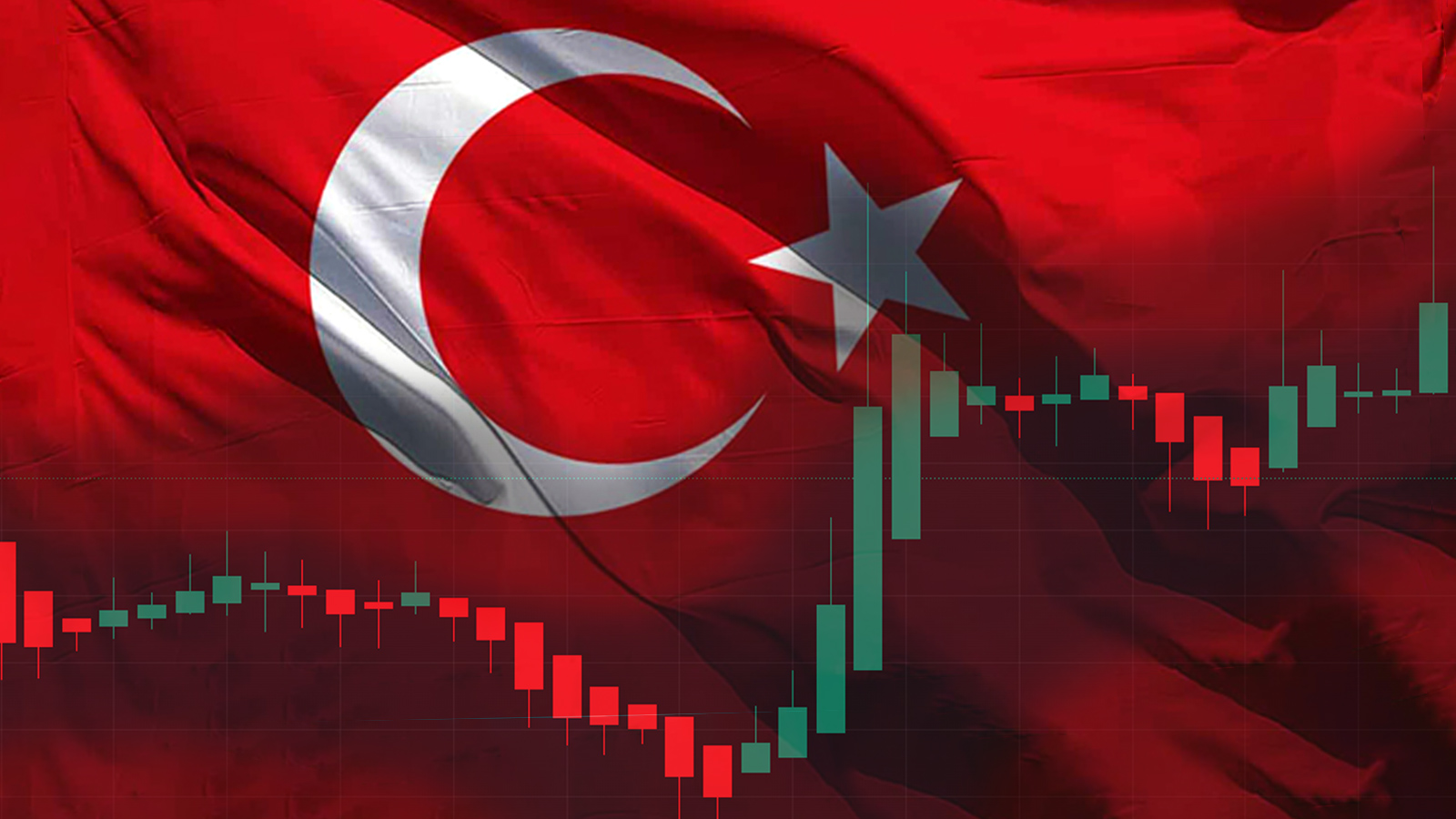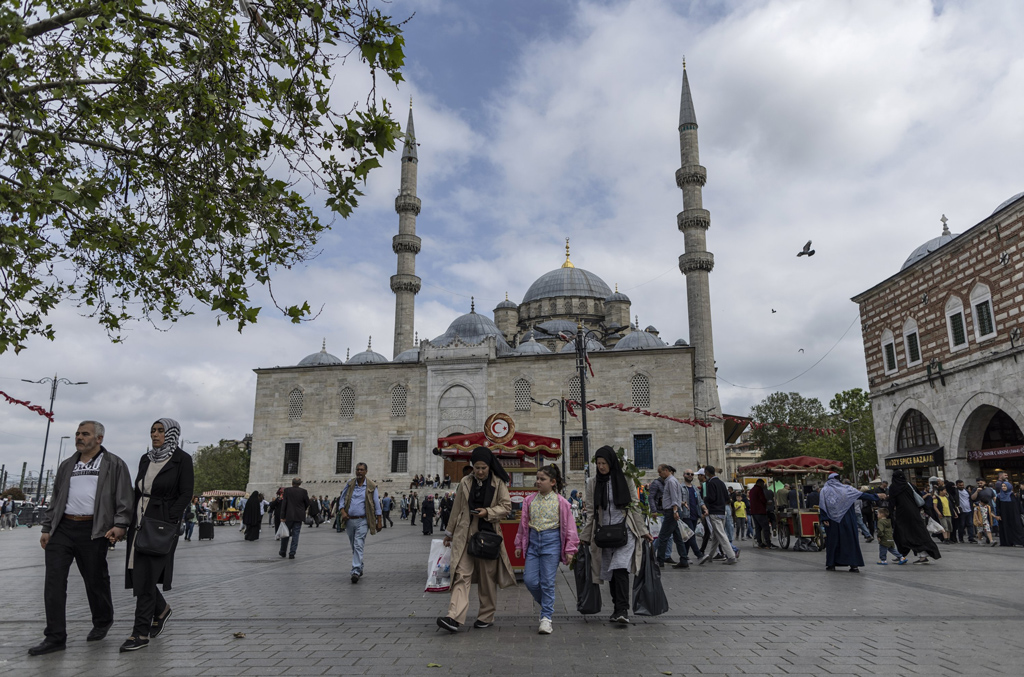Just to recapitulate an essential point: Although the entire economic outlook is not dire, nominal variables are challenging in T├╝rkiye. Nevertheless, unemployment, growth rate, industrial production, export and fiscal budget balances are usually positive.
Monetary and financial figures, on the other hand, are still noticeably poor issues to contemplate. Hence, the post-election policies had better focus on these weaknesses. And this would, of course, include inflation, exchange rate, credit default swap (CDS), current account deficit, interest rates and other nominal macro-financial figures.
Key weaknesses
Therefore, financial, monetary and nominal variables have been tedious in T├╝rkiye; nevertheless, there are key issues the country could excel more in. In particular, the chronic current account deficit, inflation, exchange-rate volatility, financial stability (as in rising household debts, exchange-rate instability and the current account deficit), or the worrisome economic issues, in general, have been problematic.
On the other hand, the targets (as in a low current account deficit, low-interest rates and higher exports) are correct. President Recep Tayyip Erdo─¤an has always had a clear stance against high-interest rates, for example. However, the problem was probably practice or inception. More specifically, the institution-wise implementation process was not that clear. The central bank and the Ministry of Finance (for instance) might not have been ready for the policies they implemented.
However, these vast financial volatilities are not only a critical issue in T├╝rkiye. Inflation also reached 40-year highs in the U.S., the U.K. and even Canada. It further reached 30-year highs in Europe and 28-year highs in T├╝rkiye. Yet, it was at over 85% in T├╝rkiye. Huge exchange-rate volatility stood at over 100%, especially in 2021.
Moreover, T├╝rkiye has opted for growth and more employment at the cost of higher inflation. It has preferred inflation to the recession. That is, although inflation rose, growth and rising employment were chosen. Expansionary monetary and fiscal policy, lower interest rates, liquidity and credit abundance were effectively used to increase investment, production, employment and higher demand to keep economic activity afloat.
The current account deficit (above $50 billion, or TL 989.61 billion) is mostly due to gold imports, the energy needs of growing T├╝rkiye, rising energy prices, and the intermediate good-service imports of a growing economy. The high current account deficit leaves T├╝rkiye exposed to international price movements and the pass-through effect of the exchange rate movements. The current account deficit (and external finance needs) should thus be resolved and not left out as a structural issue.
The decreasing labor share of national income (down from 36.5% to 26.5%) in the past six years is another critical issue to bear. A new course of price stability, growth, rising wages and social policies are required to solve this issue. Yet, it is still much better than the mid-1990s. The years after 2001 have seen gradual improvement, except for the past few years. Minimum wage hikes, especially in the past year, are a good head start.
Huge interest payments, at over a few hundred billion Turkish liras (TL 311 billion in 2022 and TL 566 billion for 2023), are also worthy of notice. They are mostly due to the global contractionary monetary, financial and credit crunch conjuncture. Therefore, rising domestic savings, ŌĆ£liralizationŌĆØ strategies and decreasing external finance needs are fateful.
That is why T├╝rkiye rightly targets domestic production, savings (including its exchange-rate protected accounts, gold accounts, etc.), even higher reserves, and encouraging Turkish lira deposits and savings. However, for that to succeed, less price volatility, uncertainty and reasonably accurate interest rates are needed. Creating new employment opportunities is also critical.
High inflation and rising living costs decrease purchasing power and the real economic value of income and savings. It further increases uncertainties, disproportionally affects the rich and the poor, and leads to falling real wages and improper pricing mechanisms.
Persistent high inflation
T├╝rkiye has opted for growth and more employment, at the cost of higher inflation, especially in 2022. It has preferred inflation to a recession, as underlined earlier. But, the high and volatile inflation rate is also a global phenomenon. And high global inflation figures also mean changing expectations regarding the prices in T├╝rkiye and the direct impact on local prices over the trade relations.
External factors, including the inflationary trends in the West, should, thus, be considered. However, the sources and dynamics (fundamentals) of the inflationary trends are as crucial. International factors such as pandemic-related supply and demand imbalances, commodity price volatility, broken supply chains, chip shortages, the slowdown in the global growth engine (China), energy and food crisis have all indeed led to this global inflationary trend.
At this point, a critical question is whether the inflation we face in T├╝rkiye nowadays is demand-driven or supply-driven inflation (due to the cost of production). In addition, energy and food prices and other real shocks, such as the broken supply chains and a slowdown in China, have led to negative supply-side impacts. Therefore, more structural challenges (the same as that in imports and current account deficit dynamics) exist here.
Inflation (and exchange rate volatility) is hence mainly a global problem to begin with. But why is it awful in T├╝rkiye? More specifically, all world economies faced the inflation problem, and the U.S. dollar rose against almost all currencies. However, these volatilities were much higher in T├╝rkiye. This is because T├╝rkiye had different internal dynamics.
In addition to all other post-pandemic, supply-chain-related issues, food and energy price surges, and even the unprecedented QE policies, T├╝rkiye had its own problems. More specifically, in T├╝rkiye, continuous cycles of higher inflation expectations (just as in the self-fulfilling prophecy), exchange rate volatilities, and relatively huge demand (due to the young population, external demand and migration waves), but most essentially insufficient supply were all top-line issues.
Relatively strong demand is another significant issue, as supply is not fulfilling the needs of this excessive demand. Weak supply leads to domestic supply shortages. However, Turkish inflation is more due to the former supply shocks or the cost-related external factors such as energy prices, broken supply chains, food prices, and exchange-rate movements. The same goes for the exchange-rate volatility as well, indeed.
Exchange-rate volatility
Most of the abovementioned factors are valid for external inflation and exchange-rate volatility. Of course, part of the reason was the rising U.S. dollar against almost everything else (especially in 2022). But other internal factors should also be considered. For instance, policymakers could not manage expectations and negative perceptions or deal with financial speculation or manipulations.
Again, global financial risk factors are the first thing to consider here. Monetary policy divergence across the globe (between the emerging markets and the developing economies and among the developing economies) and the strong U.S. dollar (the dollar index was at its 20-year highs) were all major issues.
Meanwhile, pandemic-related supply and demand imbalances, related external finance needs, energy and food price surges, and the war in Ukraine have all altered global risk perceptions. All these factors affected relatively more fragile economies (in terms of exposure to speculative attacks, manipulative actions, and financial shocks) and those that need external finances the most.
That being so, energy imports (current account deficits) are the main weakness or shortfall of the Turkish economy. But T├╝rkiye has also focused on extensive gold imports and the rising intermediary good needs of the growing Turkish economy. Other pitfalls included rising chips, other critical imports, and the increasing cost of these imports.
This trend of rising prices (of the post-pandemic era in particular), in general, has even turned into a self-fulfilling prophecy. But, unfortunately, part of it is also sometimes overshooting and undershooting. After all, financial markets are notorious for their overshooting and undershooting behavior in the face of unexpected negative information.
The political pressure, speculative and manipulative reports, and internal notes or comments from local and leading international financial intermediaries have all caused cyclical volatility. Part of the story is also (hence) cyclical, speculative, political process and direct external influence. The experiences T├╝rkiye went through in 2018 are a good case study.
Current account deficit and external finance need also lead to fragility. Uncertainties (policy-wise, political and financial) have been higher. Unconventional or unorthodox policies (implemented starting in late 2021) were poorly communicated. As a result, there was too much uncertainty and concern in the markets.
Election manifesto
Overall, The problem in T├╝rkiye seems to be about communication, signals and expectations management. Communication of the new heterodox policies was a critical issue. Most importantly, management of these expectations has been a challenge. Hence, it should probably be prioritized. Current account deficit and external finance needs are another enormous upward pressure here. The rising prices have even turned into a self-fulfilling prophecy.
Meanwhile, a more just and inclusive development should also be ensured. Industrial and structural transformation, energy and infrastructure investments, defense and manufacturing advances, chip production, national electric vehicle, housing sector initiatives, and falling commodity dependence are all helping T├╝rkiye transform into a more stable economy. They will also help increase economic independence.
Decreasing external dependence, on the other hand, will also help increase resilience to external shocks. Meanwhile, the costs so far (due to a new economic model and accruing costs of the unconventional stance) should also not be in vain. The policies so far should pay off from now on. The Justice and Development Party's (AK Party) new term economic policy measures and the election manifesto also seem to be based upon the new model, better known as T├╝rkiye Economy Model (TEM), and a vision to expand beyond the current trade and economic connections.
Accordingly, policymakers aim to increase production, investment, employment and exports via lower interest rates. With the help of these types of (mostly) supply side policies, T├╝rkiye aims to bring down (better, even topsy-turvy) the chronic current account deficit and decrease inflation to single digits again.
Daily Sabah, May 19, 2023]







